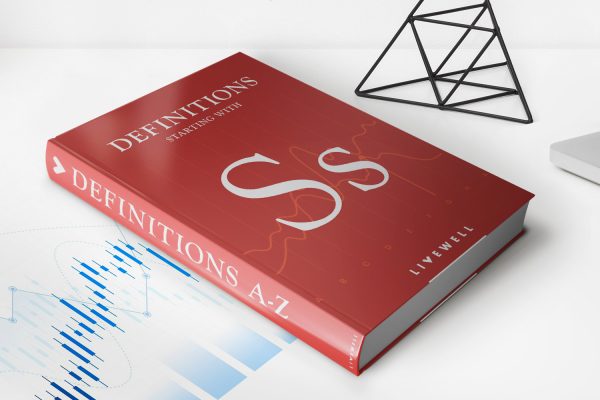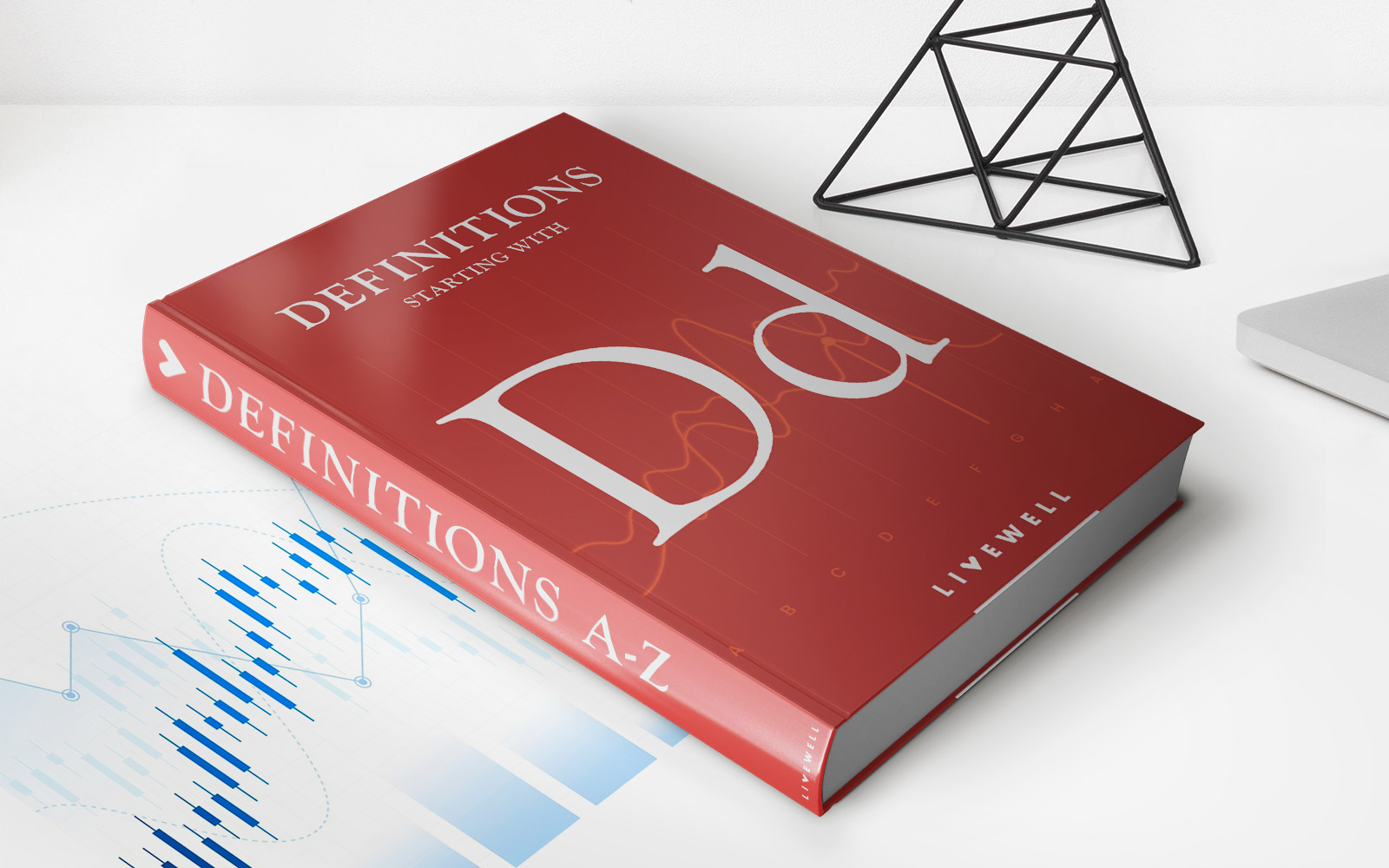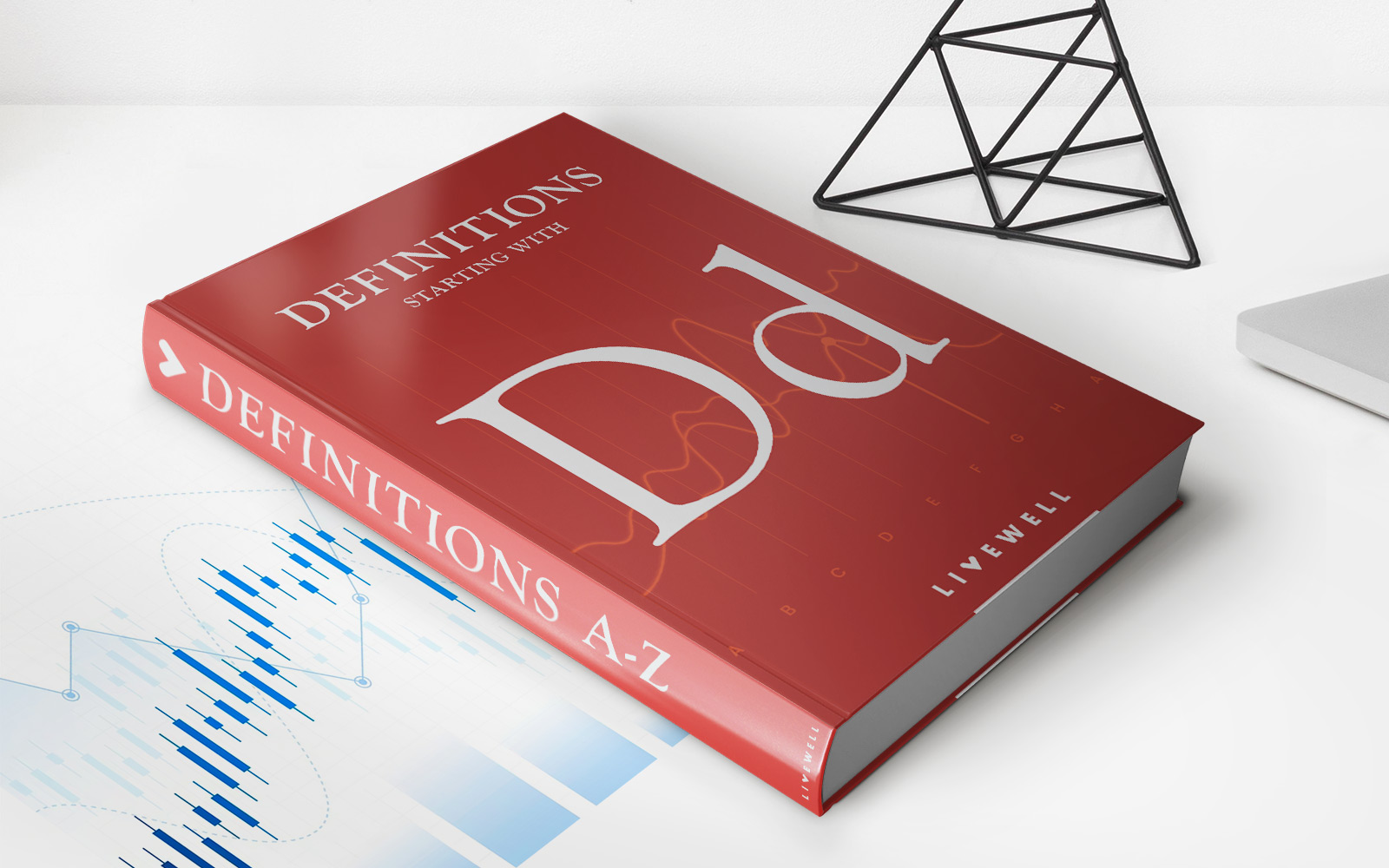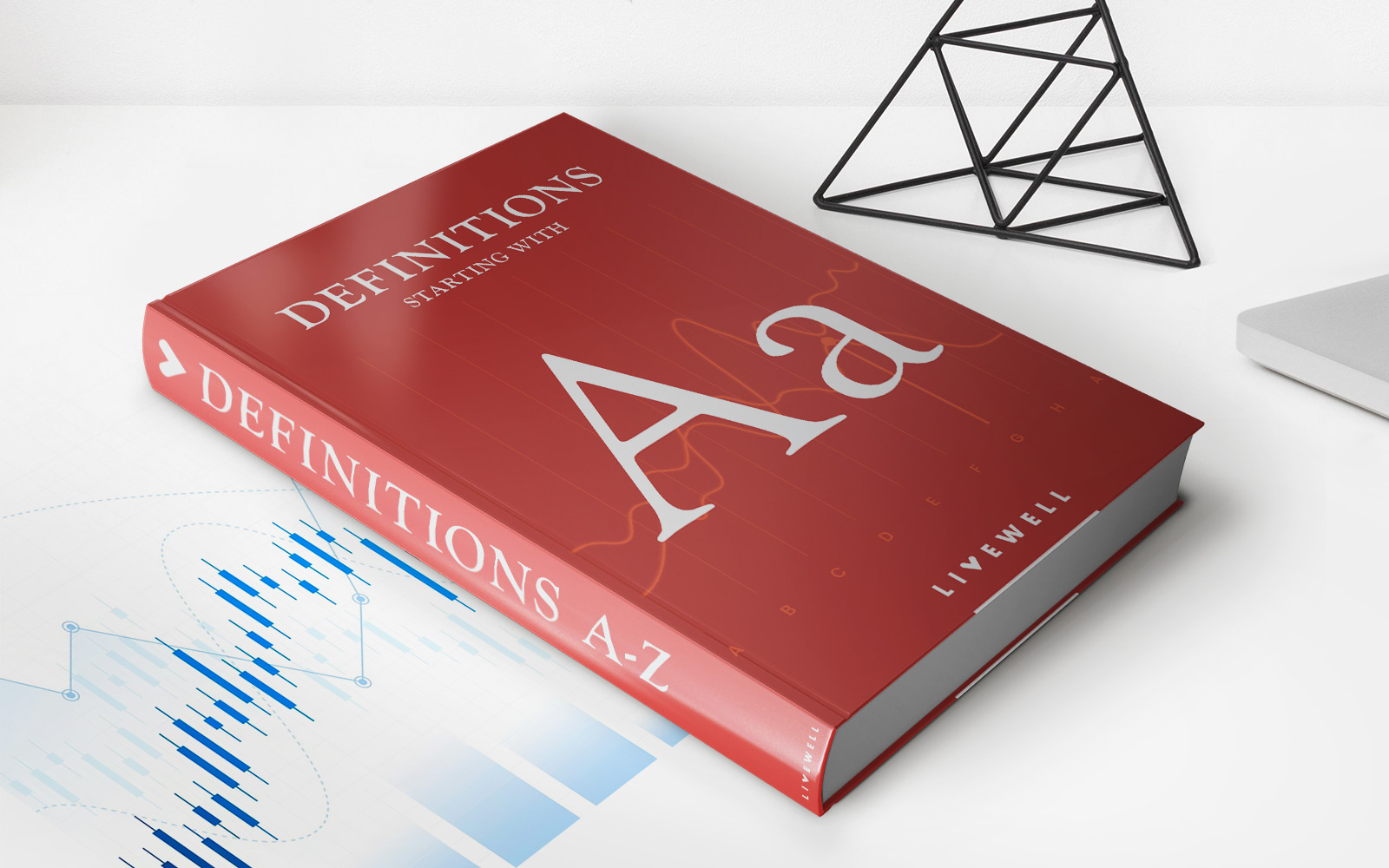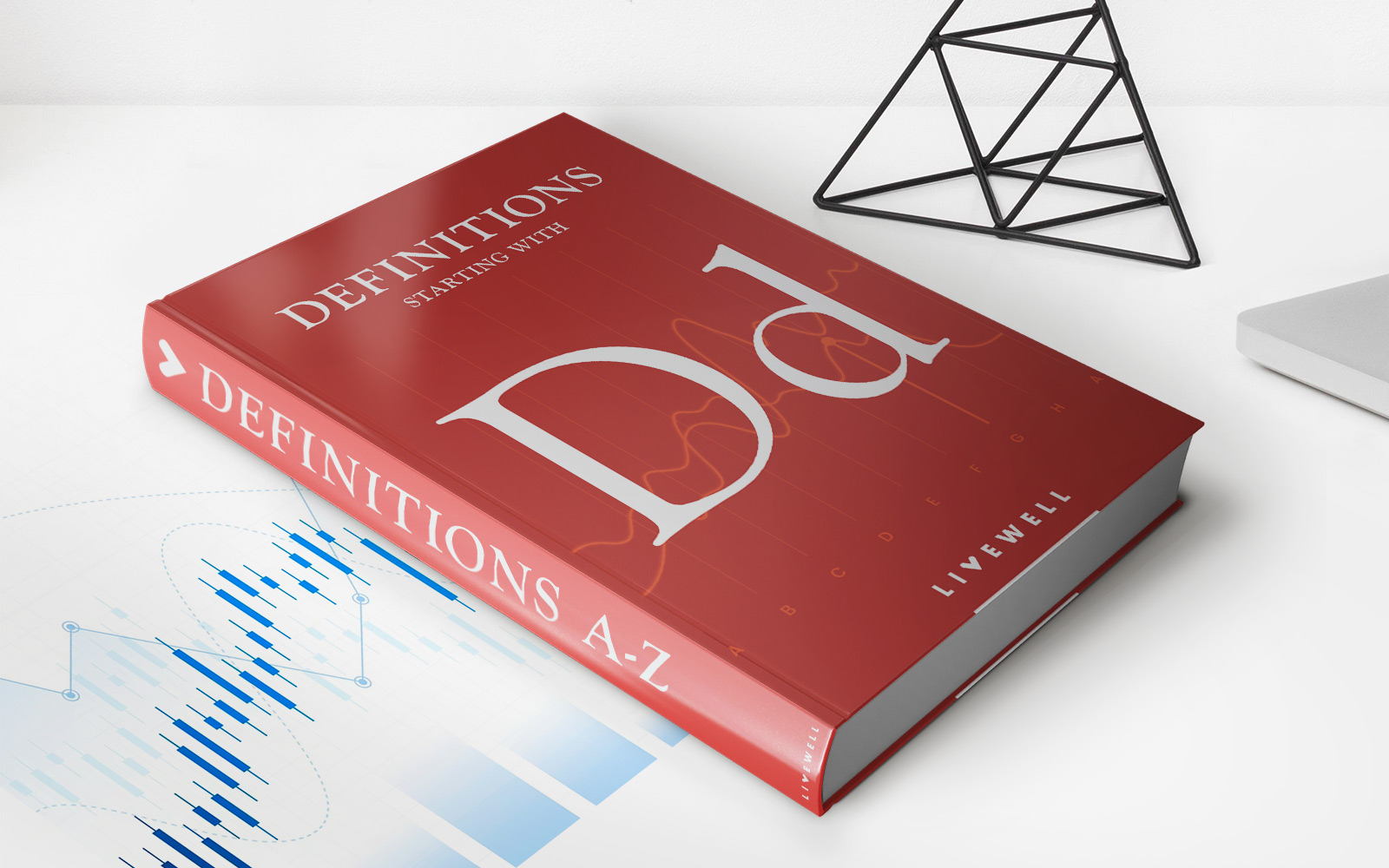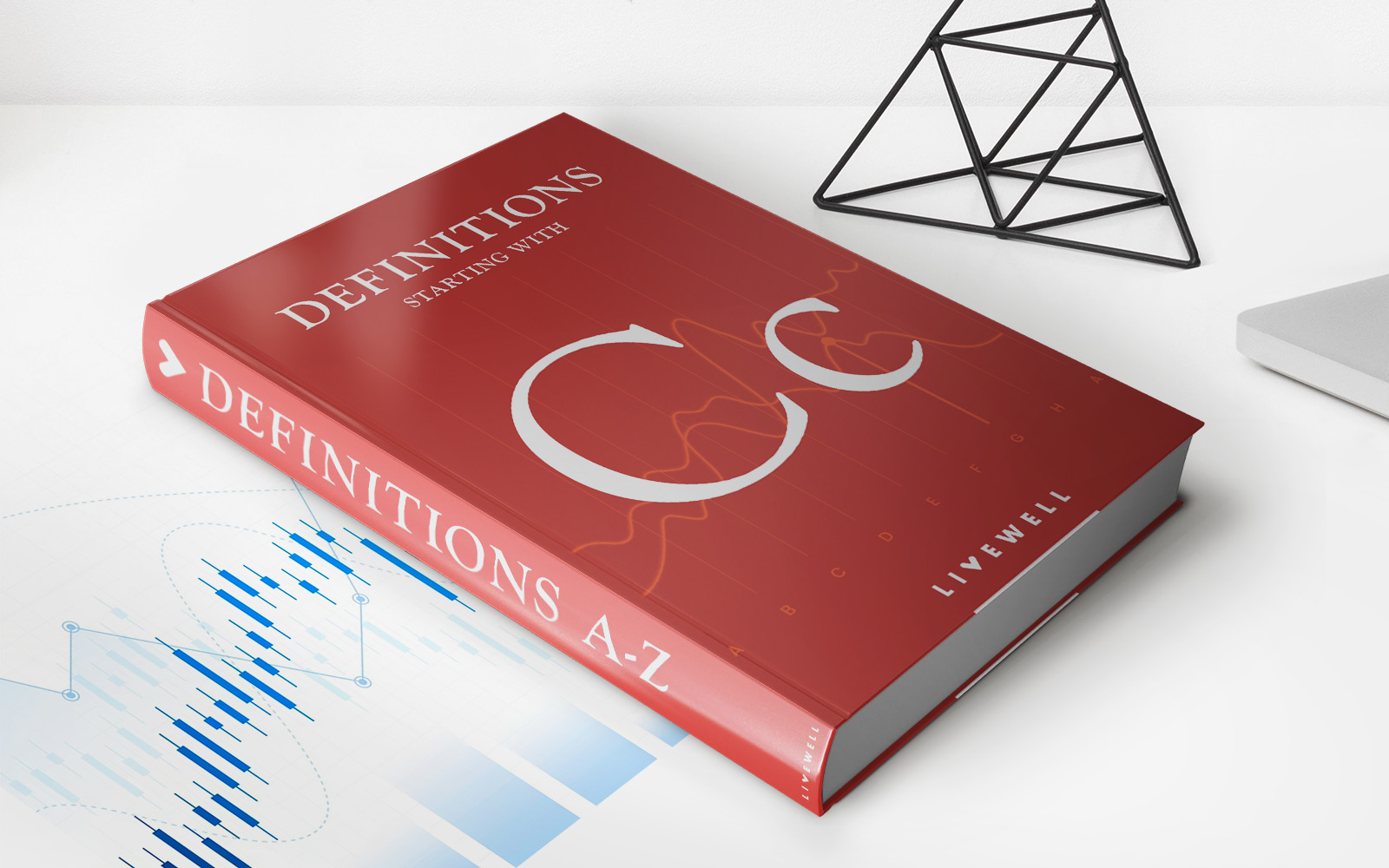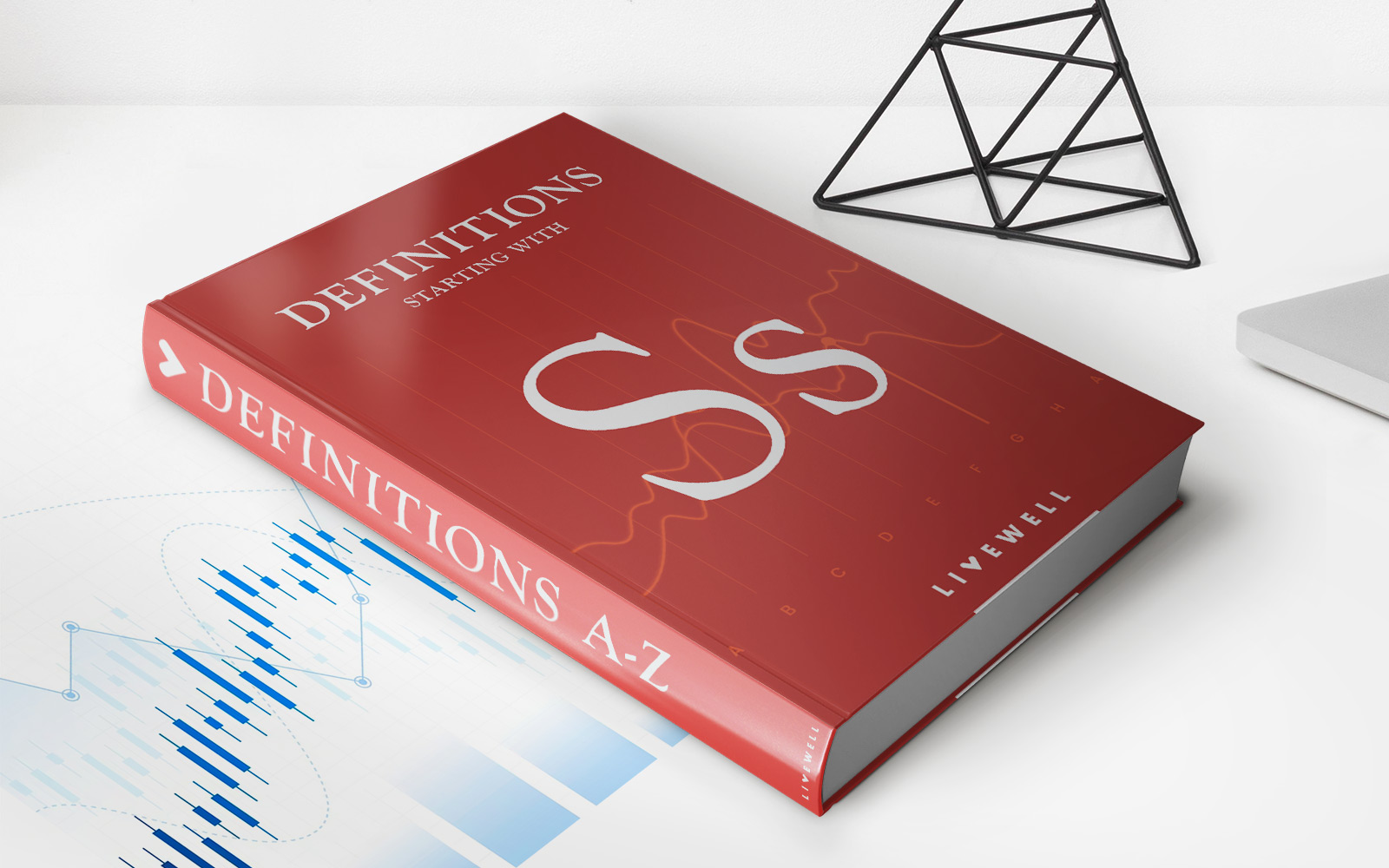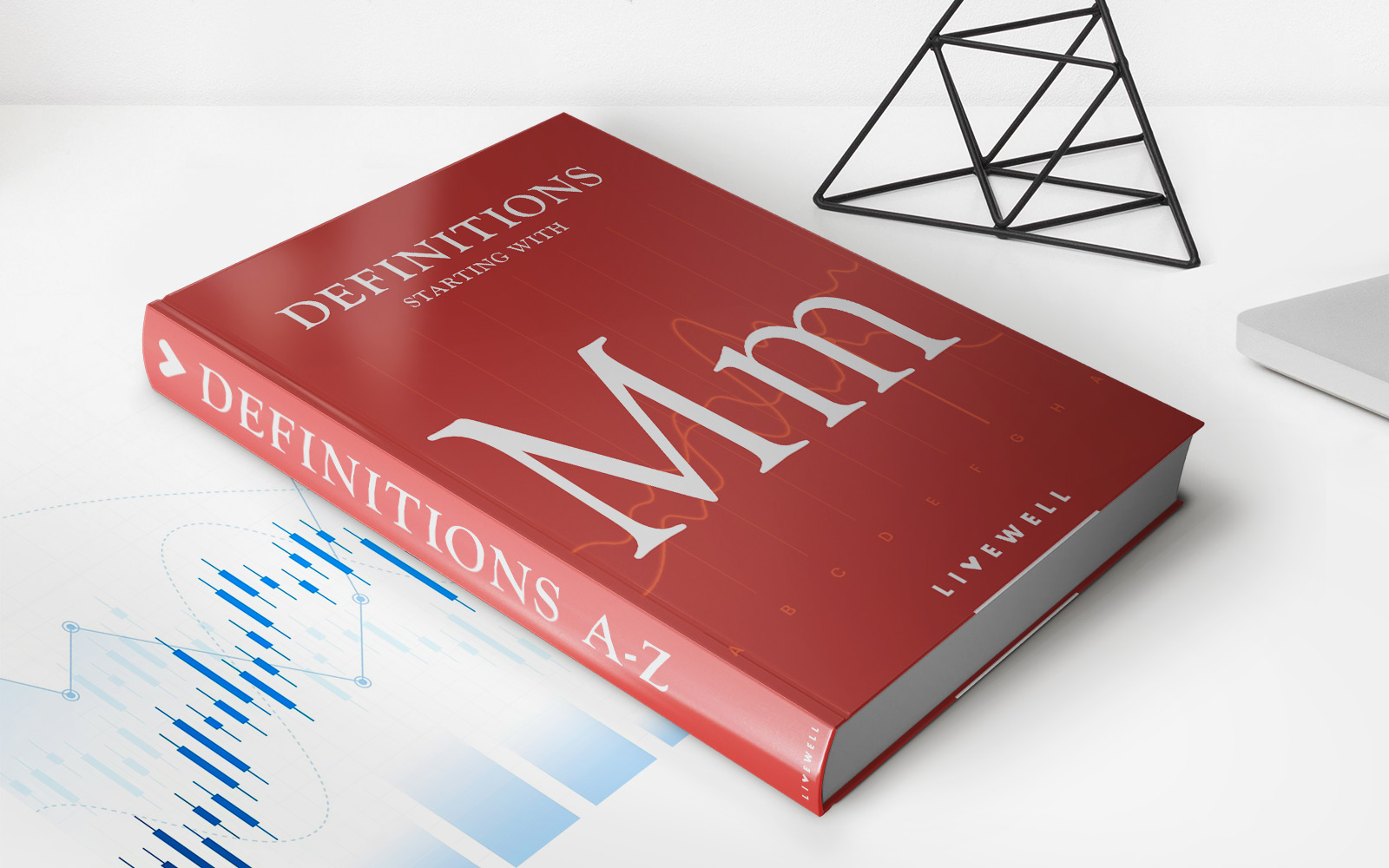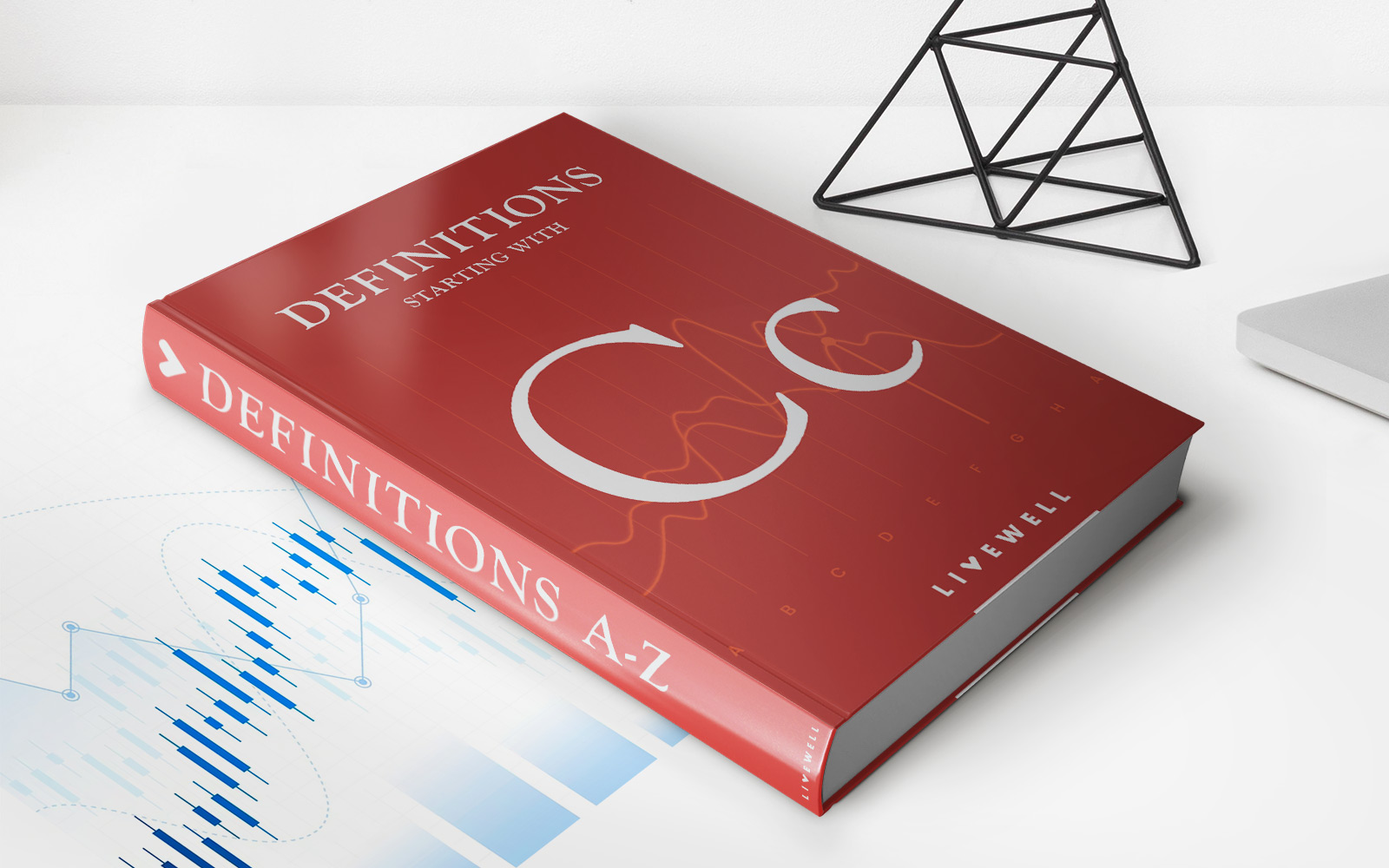

Finance
Cram-Down Deal Definition
Published: November 4, 2023
Get a clear understanding of the cram-down deal definition in finance and learn how it can impact your financial situation.
(Many of the links in this article redirect to a specific reviewed product. Your purchase of these products through affiliate links helps to generate commission for LiveWell, at no extra cost. Learn more)
What is a Cram-Down Deal? A Guide to Understanding this Financial Term
In the world of finance, there are often complex terms and concepts that can be overwhelming for individuals who are not familiar with them. One such term that you might come across is a “cram-down deal.” But, what exactly is a cram-down deal? In this blog post, we will dive deep into the world of finance and provide you with a comprehensive guide to understanding this financial term.
Key Takeaways:
- A cram-down deal is a process where a court imposes a reorganization plan on creditors when they cannot come to an agreement.
- This process typically occurs in bankruptcy cases, allowing a debtor to restructure their debt and continue operations.
First and foremost, let’s clarify the definition of a cram-down deal. In simple terms, a cram-down deal is a process that occurs when a company or individual is unable to reach an agreement with their creditors regarding the terms of a reorganization plan. In these cases, a court steps in and imposes a plan on the creditors, which they must adhere to. This process is commonly seen in bankruptcy cases, allowing a debtor to restructure their debt and continue operating.
Bankruptcy can be an overwhelming situation for any business or individual, but a cram-down deal provides a glimmer of hope. Here are some key points to help you understand the concept further:
- When does a cram-down deal happen?
- How does a cram-down deal work?
- What are the advantages and disadvantages of a cram-down deal?
A cram-down deal typically occurs when a debtor files for Chapter 11 bankruptcy, which is a type of bankruptcy that allows companies to continue operations while reorganizing their debt. During this process, the debtor proposes a reorganization plan to its creditors. If the creditors do not agree to the terms, the court may impose a cram-down deal on them.
When a cram-down deal is imposed, the court determines the terms of the reorganization plan without the consent of the creditors. The court ensures that the plan is fair and equitable for all parties involved. This means that the plan should not unduly favor the debtor or the creditors. In some cases, the court may reduce the outstanding debt or the interest rate, extend the repayment period, or modify other terms of the debt to make it more manageable for the debtor.
The advantages of a cram-down deal for debtors are that it allows them to restructure their debt and potentially save their business from complete liquidation. It also gives debtors the opportunity to negotiate more favorable terms that they would not have been able to achieve through voluntary negotiations with their creditors.
On the other hand, the disadvantages for creditors include potentially receiving less than they are owed or being forced into a reorganization plan that is not in their best interest.
In conclusion, a cram-down deal is a financial term used to describe a court-imposed reorganization plan when creditors and debtors cannot come to an agreement. It provides a lifeline for businesses or individuals facing bankruptcy, allowing them to restructure their debt and continue operating. While a cram-down deal has its advantages and disadvantages, it serves as a valuable tool within the bankruptcy framework. We hope that this guide has shed some light on this complex financial term and enhanced your understanding of the world of finance.

